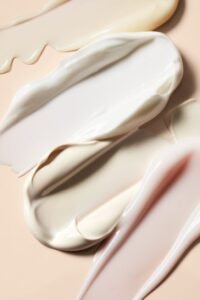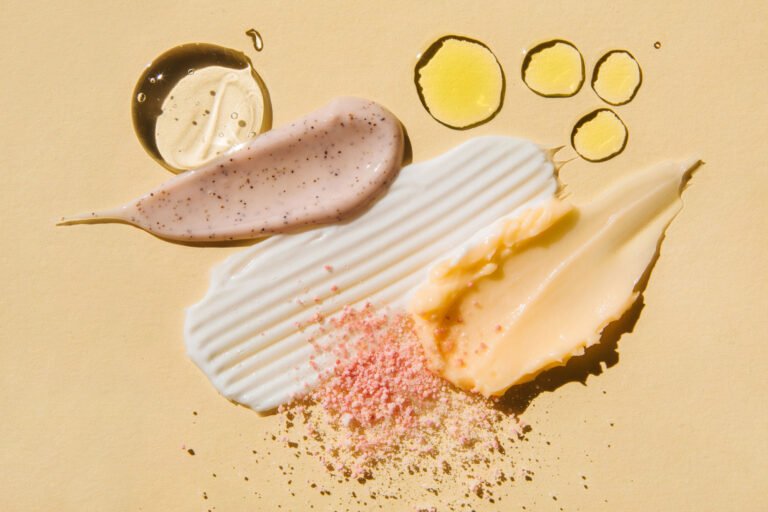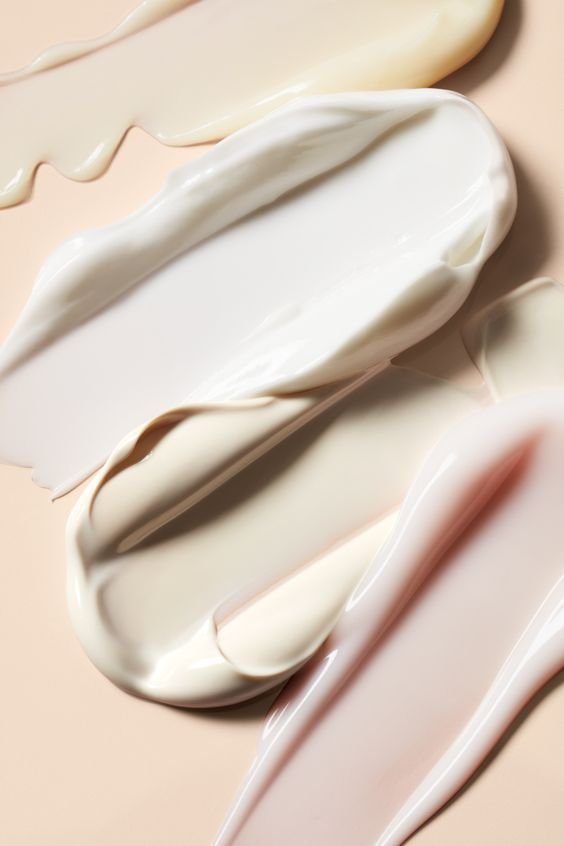Everything you need to know about dermaplaning:
Dermaplaning, a trending skincare treatment, has taken the beauty world by storm with its promise of smoother, brighter skin. This non-invasive procedure involves using a sterile surgical scalpel to gently exfoliate the top layer of dead skin cells and fine vellus hair, commonly known as “peach fuzz.” By removing these superficial imperfections, dermaplaning reveals a more radiant complexion, allowing skincare products to penetrate more deeply and makeup to apply flawlessly. Whether you’re a skincare enthusiast or simply curious about achieving that coveted glow, dermaplaning offers a range of benefits that can transform your skin. In this blog post, we’ll delve into everything you need to know about dermaplaning, from its benefits and procedure to aftercare tips and potential risks, ensuring you have all the information to decide if this treatment is right for you.
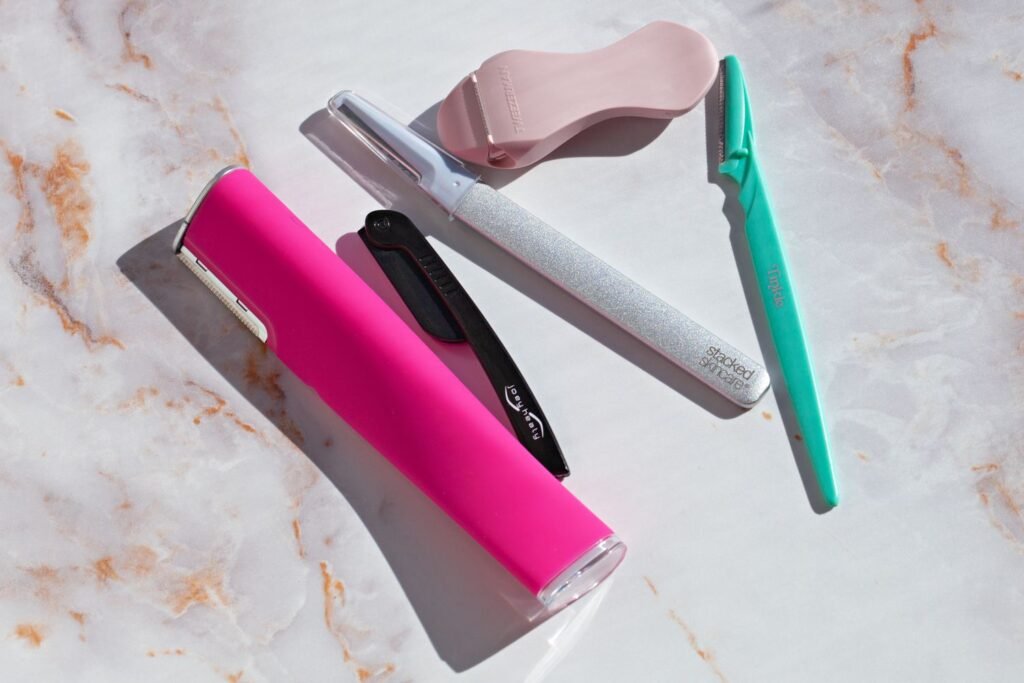
How to dermaplane:
Dermaplaning is a straightforward yet effective skincare technique that can be performed at home with the right tools and precautions. Adding aloe vera gel to the process can enhance the experience by providing soothing hydration and ensuring the blade glides smoothly over your skin. Here’s a step-by-step guide to help you achieve the best results:
What You’ll Need:
A sterile, single-use dermaplaning blade or a specialized dermaplaning tool
Gentle cleanser
Aloe vera gel
Toner or astringent
Moisturizer
Optional: a mirror with good lighting
Steps to Dermaplane at Home:
Cleanse Your Face:
Start with a clean slate. Wash your face thoroughly with a gentle cleanser to remove any makeup, dirt, and oil. Pat your face dry with a clean towel.
Prepare Your Skin:
Apply a toner or astringent to ensure your skin is completely free of oils and residues. This will help the blade glide smoothly over your skin.
Apply Aloe Vera Gel:
Spread a thin layer of aloe vera gel over your entire face. Aloe vera not only provides a lubricating layer for the blade but also soothes and hydrates the skin during the process.
Hold Your Skin Taut:
Using one hand, gently pull an area of your skin taut. This will help the blade to make better contact with your skin and ensure a smoother glide.
Angle the Blade:
Hold the blade at a 45-degree angle to your skin. This angle allows for the best exfoliation and hair removal without causing cuts or nicks.
Short, Gentle Strokes:
Using short, gentle strokes, begin to scrape the surface of your skin. Start at the top of your ear and work your way down to the jawline. Avoid going over the same area multiple times. Move in one direction, typically downwards.
Be Cautious Around Sensitive Areas:
Take extra care around sensitive areas like the nose, eyes, and lips. These areas are more prone to irritation and cuts.
Rinse and Tone:
After you’ve finished dermaplaning your entire face, rinse with cool water to remove any debris. Follow with a toner to soothe the skin and close the pores.
Moisturize:
Apply a hydrating moisturizer to nourish and protect your freshly exfoliated skin. This step is crucial to prevent dryness and irritation.
Post-Care Tips:
Avoid direct sun exposure and apply a broad-spectrum sunscreen daily, as your skin will be more sensitive to UV rays after dermaplaning.
Skip harsh exfoliants or active ingredients (like retinoids or AHAs/BHAs) for a few days to avoid irritation.
Important Tips:
Frequency: Dermaplaning can be done every 3-4 weeks, depending on your skin type and sensitivity.
Sterility: Always use a new, sterile blade for each session to prevent infection and ensure effectiveness.
Consultation: If you have active acne, rosacea, or other skin conditions, consult a dermatologist before trying dermaplaning at home.
By following these steps, you can achieve the benefits of dermaplaning safely and effectively, resulting in smoother, brighter skin that’s primed for better absorption of skincare products and flawless makeup application. The addition of aloe vera gel not only enhances the process but also ensures your skin remains calm and hydrated throughout.
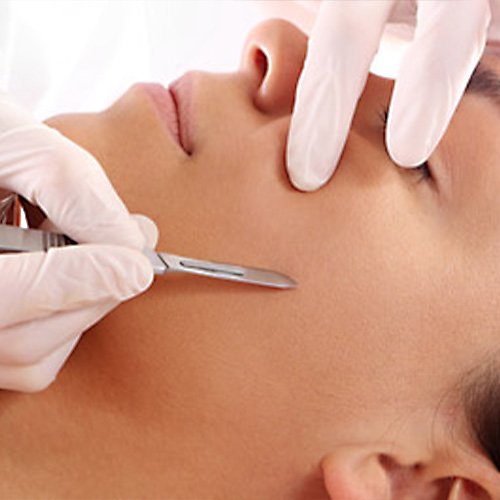
what you will need:
Things to be aware of when dermaplaning:
When dermaplaning, it’s important to be aware of certain precautions and best practices to ensure a safe and effective experience. Here are some key points to keep in mind:
Things to Be Aware Of When Dermaplaning:
Skin Sensitivity:
Dermaplaning can make your skin more sensitive to environmental factors, such as sun exposure and harsh skincare products. Always apply sunscreen with a high SPF to protect your newly exfoliated skin from UV damage.
Blade Sterility:
Use a new, sterile blade for each dermaplaning session to prevent infections and ensure optimal results. Reusing blades can increase the risk of introducing bacteria to your skin.
Technique and Pressure:
Use light, gentle strokes and avoid pressing too hard. Applying too much pressure can cause nicks and irritation. The blade should glide smoothly over the skin without digging in.
Frequency:
Dermaplaning should not be done too frequently. Typically, it is recommended to perform the procedure every 3-4 weeks. Overdoing it can lead to skin irritation and over-exfoliation.
Skin Conditions:
Avoid dermaplaning if you have active acne, rosacea, eczema, or open wounds on your face. Dermaplaning can exacerbate these conditions and lead to further irritation or infection.
Post-Treatment Care:
After dermaplaning, your skin may be more sensitive and prone to dryness. Apply a soothing moisturizer immediately after the procedure to keep your skin hydrated and calm. Avoid using harsh exfoliants or active ingredients (like retinoids or AHAs/BHAs) for a few days to prevent irritation.
Allergic Reactions:
Be cautious with the products you use after dermaplaning. Your skin will be more receptive to ingredients, which can increase the likelihood of allergic reactions. Use gentle, hypoallergenic products to minimize the risk.
Professional Guidance:
If you are new to dermaplaning or unsure about the correct technique, consider having the procedure done by a licensed esthetician or dermatologist first. They can provide guidance and demonstrate the proper method.
Tool Quality:
Invest in high-quality dermaplaning tools designed specifically for this purpose. Poor-quality tools can be ineffective and increase the risk of cuts and irritation.
Environment:
Perform dermaplaning in a clean, well-lit environment to ensure you can see what you’re doing and maintain sterility. Avoid performing the procedure in a rush or in an area where hygiene might be compromised.
Final Thoughts:
Dermaplaning can provide excellent results when done correctly, but it’s crucial to follow these precautions to avoid potential pitfalls. By being aware of these considerations and taking the necessary steps to protect your skin, you can enjoy the benefits of dermaplaning safely and effectively.
to sum up..
In conclusion, dermaplaning can be a highly effective way to achieve smoother, brighter skin, but it requires careful attention to detail and proper technique. By being mindful of skin sensitivity, ensuring blade sterility, using light pressure, and following recommended frequency guidelines, you can minimize risks and maximize benefits. Always take into account any pre-existing skin conditions and prioritize post-treatment care to maintain healthy skin. Whether you choose to perform dermaplaning at home or seek professional guidance, these precautions will help you safely incorporate this technique into your skincare routine for a glowing, refreshed complexion


